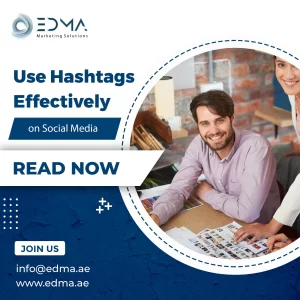In today’s fast-paced digital landscape, media production is essential for creating content that captures attention and builds meaningful connections with your audience. Whether through video, audio, photography, or interactive experiences, media production empowers businesses to tell their story effectively and elevate their brand presence.
In this article, we’ll explore what media production involves, why it matters for your business, and how to harness it for long-term success.
What Is Media Production? 🎥🎧
Media production refers to the creation, editing, and distribution of content across multiple formats—such as video, audio, and visual imagery. It plays a pivotal role in modern marketing strategies by enabling brands to communicate messages more dynamically.
From promotional videos and corporate podcasts to engaging social media visuals, media production is the backbone of today’s digital storytelling.
Types of Media Production 📹
Businesses have access to a variety of media formats to connect with their audiences. Understanding these types helps in crafting the right content for the right channel:
- Video Production: Ideal for storytelling, tutorials, or product showcases. Platforms like YouTube, Instagram Reels, and TikTok thrive on video content.
- Audio Production: Includes podcasts, interviews, or voiceovers. Great for audiences who consume content on the go.
- Photography: High-quality images are crucial for product marketing, social media engagement, and web design.
- Interactive Media: Apps, games, or interactive web tools that engage users through direct participation.
Each format serves a unique purpose in building brand awareness and driving engagement.
The Media Production Process 🛠️
To produce high-quality content, it’s important to follow a structured workflow. Here’s a breakdown of the core stages:
- Pre-Production: This initial stage involves planning—developing concepts, writing scripts, and organizing resources.
- Production: The execution phase, where content is filmed, recorded, or created.
- Post-Production: Editing, adding special effects, and refining the final product.
- Distribution: Sharing the completed media across appropriate platforms to reach your target audience.
By following this process, businesses can ensure their content aligns with both brand goals and audience expectations.
Why Media Production Matters for Businesses Media Production for Business
📈
Effective media production provides numerous advantages:
- Boosts Engagement and Awareness: High-quality media attracts more attention, helping your brand stand out in crowded digital spaces.
- Drives Marketing and Advertising: Media content is the foundation of campaigns, from banner ads to social media videos.
- Builds Trust and Credibility: Professionally produced content makes your brand appear more reliable and established.
- Educates and Entertains: Media allows you to share valuable knowledge or entertain your audience, deepening customer relationships.
In short, strategic media production isn’t just about looking good—it’s about communicating effectively.
Tools for Effective Media Production 🎬
To produce compelling content, businesses need the right tools. Here are some essentials:
- Editing Software: Adobe Premiere Pro, Final Cut Pro, and DaVinci Resolve are top choices for video editing.
- Audio Tools: Audacity or Adobe Audition are great for polishing podcasts or voice recordings.
- Design Platforms: Canva and Adobe Photoshop help create eye-catching graphics and layouts.
- Hardware: Investing in quality cameras, microphones, and lighting equipment dramatically improves content quality.
Using the right tools ensures a polished, professional final product that resonates with your audience.
The Role of Social Media in Media Production Media Production for Business
📱
Social media platforms are where media content often lives and thrives. However, each platform has its nuances:
- Instagram: Great for short videos, stories, and vibrant photography.
- Facebook: Ideal for sharing longer videos, educational content, and event promotions.
- Twitter/X: Best for real-time updates paired with concise visual content.
- LinkedIn: Perfect for B2B-focused media like webinars, case studies, or career videos.
Tailor your content for each platform’s unique audience and features to maximize engagement.
Optimizing Media for SEO Media Production for Business
🖥️
Creating great content is only half the job—getting it discovered is the other. SEO (Search Engine Optimization) helps your content rank higher in search results.
- Video: Use relevant keywords in titles, descriptions, and tags.
- Images: Include descriptive file names and alt text.
- Audio: Provide transcripts or show notes with keywords.
Optimizing your media boosts visibility, helping your audience find and engage with your content more easily.
Why Invest in Professional Media Production? 💼
While DIY content has its place, investing in professional production ensures a level of quality that sets your brand apart. Professionally created videos, podcasts, and visuals are more likely to be shared, remembered, and trusted.
Moreover, professional production allows you to maintain consistency, which is key to brand recognition and credibility.
Conclusion: Elevate Your Brand with Media Production 🌟
In today’s competitive digital space, media production is no longer optional—it’s essential. Whether you’re creating a compelling video, launching a podcast, or designing a powerful visual campaign, well-produced media can transform your brand’s online presence and drive real business results.
🎯 Ready to enhance your content strategy?
👉 Explore our expert resources at edma.ae/blogs






